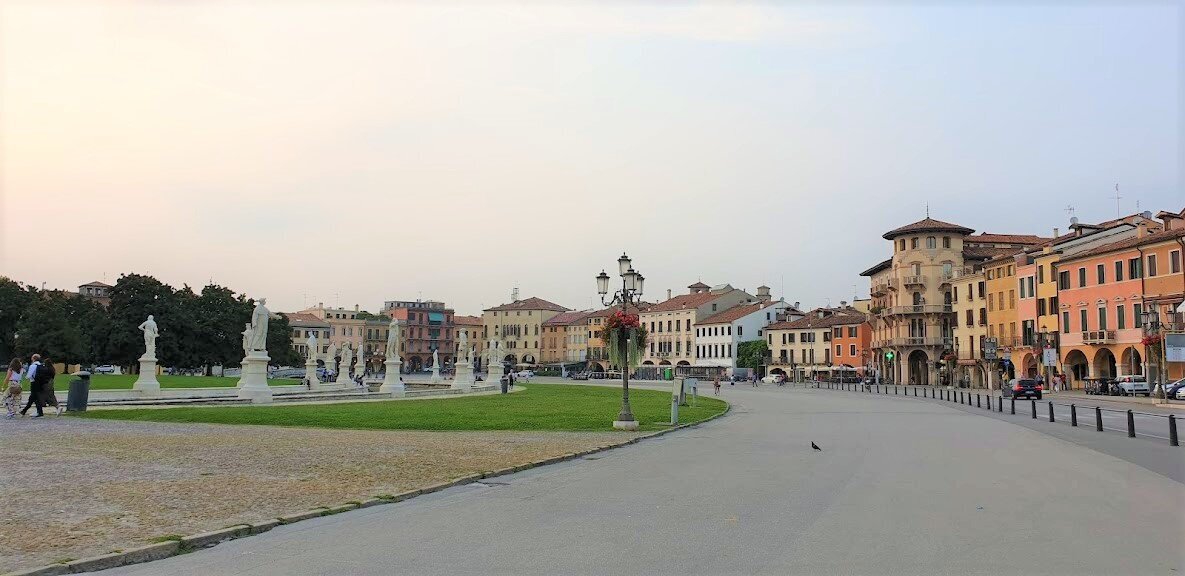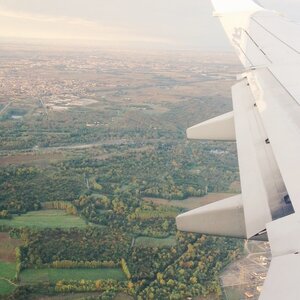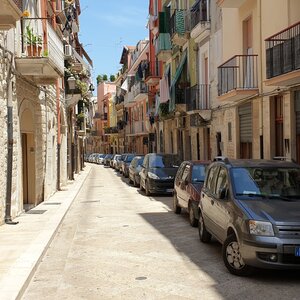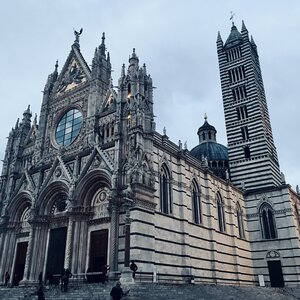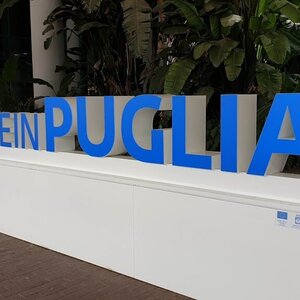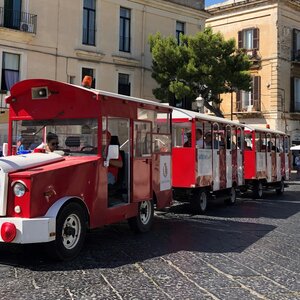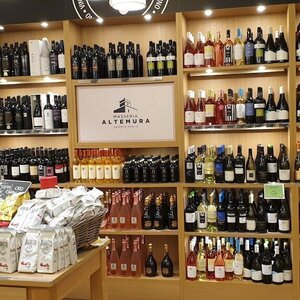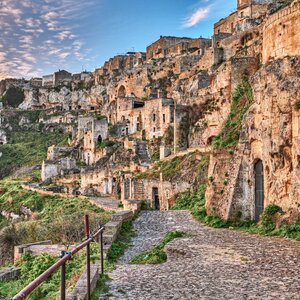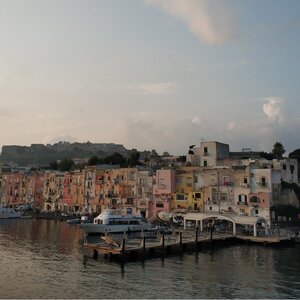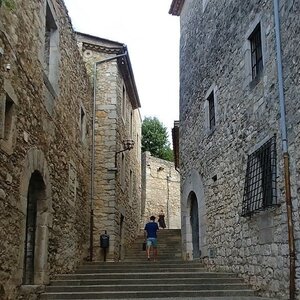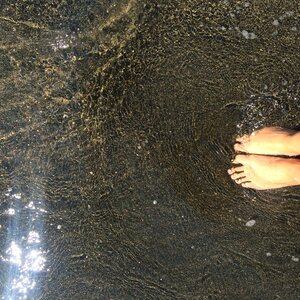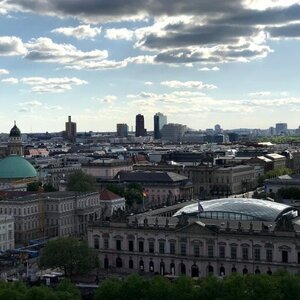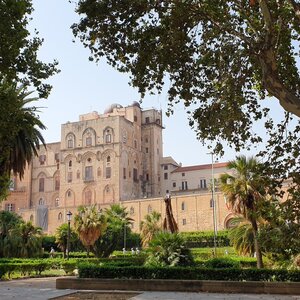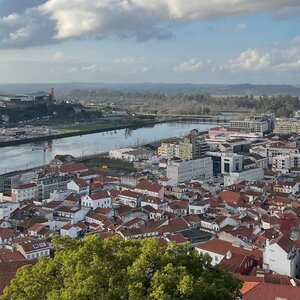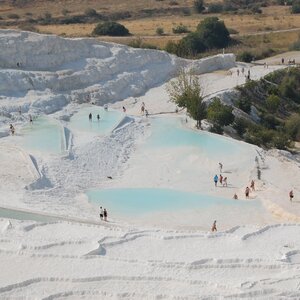The locals refer to Padua as "the city of the three 'sans'". The city's patron saint, St. Anthony, is often referred to simply as "Saint", making him the "saint without a name". The town's central café, which opened several centuries ago and was open 24 hours a day, was called the "café without doors". And the main town square is a "meadow without grass".
The first mention of Padua dates back to the 10th century B.C. It was a small village of Patavius, supposedly founded by the hero of the Trojan War, Prince Antenor. After the alliance with Rome, the town became an important transportation center, and in 1222 the University of Padua was opened here, where disgraced professors from Bologna came and which later, under the auspices of the Venetian Republic, became one of the centers of Renaissance science in Italy. Under Venetian rule, Padua lost its political importance, but gained the status of the main educational center of the Republic.
During the Renaissance, Padua was one of the greatest centers of art in all of Italy, where Titian Vecellio, one of the greatest artists of the High and Late Renaissance, lived and worked. Masters Andrea Mantegna and Giotto di Bondone created frescoes for the city's cathedrals. The sculptor Donatello created in Padua a bronze statue of Erasmo da Narni, a condottiere of the Venetian Republic, bas-reliefs for the Church of St. Anthony and a sculpture of John the Baptist.
Half a day is enough for a cursory tour of Padua's main sights. But it will be running down the list without meaningful impressions. To see the details, feel the moment and catch the rhythm of the youthful city, you should stay here for a day.
Cappella degli Scrovegni (Cappella degli Scrovegni)
The main attraction of Padua is the Arena di Padova park, located in the remains of the former Roman amphitheater. The main attraction of Padua is the Arena di Padova park, built on the remains of a former Roman amphitheater. The Chapel houses one of the most important works of Western art, the cycle of frescoes by Giotto di Bondone. Many people come to Padua to see them.
These frescoes are not just religious drawings on the walls of the chapel: they were a textbook for Michelangelo, Da Vinci and Raphael. Giotto is considered the founder of all Italian painting: he departed from the iconographic tradition, added space and scale, and painted one of the first portraits in history. Giotto gave the man a full-fledged place in the plot and stopped distorting his proportions in favor of religious symbolism, according to which religious characters were depicted larger and more majestic than mortals. The frescoes of the Scrovegni Chapel are the master's last and greatest work, and they gave impetus to Renaissance painting.
The Chapel was built in 1300-1305 by the Italian banker Enrico Scrovegni to atone for the sins of his father, a famous Paduan moneylender. The father went down in history for having earned a place in Dante's seventh circle of hell for his unscrupulousness and cruelty to debtors. His son let part of his inheritance to atone for the sins of his father, and at that time it was customary to build churches for this purpose. Skrovegni did not scrimp: to decorate the interior he invited the number one artist of the time, gave him full carte blanche to decorate and an unlimited budget. Pigments for the chapel were imported from all over Europe, and the interiors are full of azure blue, the most expensive pigment of the time.
In the main fresco, the scene of the Last Judgment, Giotto and his client present the Virgin Mary with a chapel as a "contribution" for the forgiveness of sins, as an entrance ticket to paradise. These portraits are considered among the first in history. It is not known whether Scrovegni Sr.'s sins were forgiven, but it is clear that his money made art history.
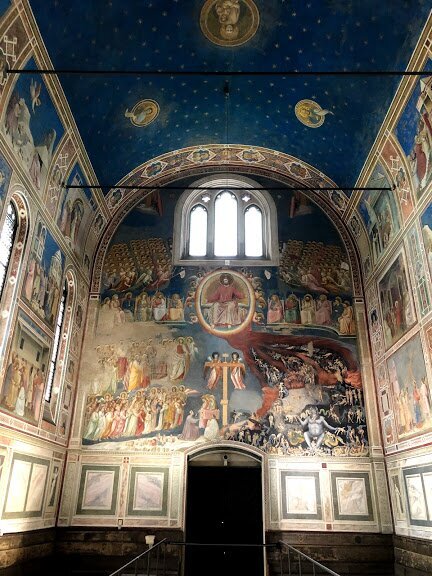
Another innovation of Giotto - artificial architectural elements, which on the flat space of the walls create the illusion of volumes. Moldings, pilasters, niches, marble in the lower tier of frescoes - all this is painted. Even when you are inside, a meter and a half away from the frescoes, it is hard to believe that these walls are actually flat. This technique is found in the interiors of later churches and palaces throughout Europe.
Another maestro of those times, the sculptor Giovanni Pisano, worked on the decoration of the chapel. The sculptures of the Virgin Mary and Child, the two angels and the sculptural portrait of Scrovegni are by his hand.
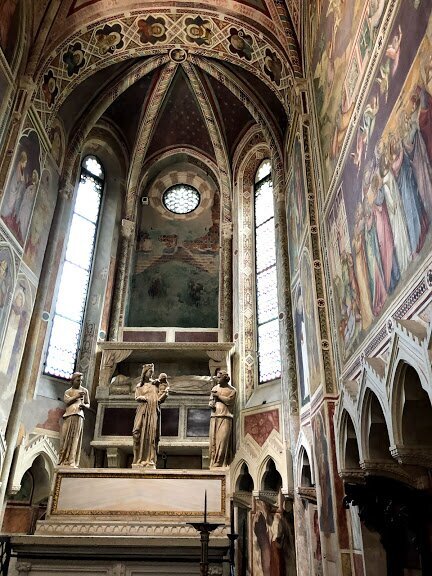
How to visit the Cappella di Scrovegni
Entrance to the chapel is strictly regulated. Small groups are allowed inside. The whole visit takes half an hour and is divided into two parts: the first 15 minutes visitors are shown a movie with the history of the chapel and a small art history tour, and then the group is allowed into the chapel for 15 minutes. Inside, a constant microclimate is maintained, and staff members let groups in and out according to a strict schedule. You can't miss a movie or leave early.
A movie before the visit is a great option. Even if you don't know anything about Scrovegni and Giotto, if you are not an art historian and you came to the Chapel almost by accident - after watching the movie you will know what to look at and pay attention to. The movie is in Italian with English subtitles.
It is important to know that if you purchase a ticket yourself, the time of your visit must be booked at least 24 hours in advance. Tickets and times are booked online on the Chapel's website.
Lifehack for the impatient: when you buy a PadovaCard at the tourist office, you don't have to wait 24 hours, you can book a visit for the same day through the office staff.
With a ticket to the Chapel you can visit the Musei Civici degli Eremitani and Palazzo Zuckermann (except Mondays).
- Chapel's website
- Office hours are 9:00 a.m. to 7:00 p.m.
- If the visit is booked online or through the tourist office by purchasing a PadovaCard, you must obtain a real paper ticket at the ticket office. To do this, you are asked to arrive 15 minutes before the show: there are always queues at the ticket office. The box office of the Chapel is the box office of the city's Eremitani Museum.
- Tickets: full ticket - 13 €, students under 27 years old - 6 €, concessions from 1 €.
- Evening tickets from 19 to 21 are cheaper: 8 euros each. More time is allowed for evening visits.
- About the tourist card: PadovaCard
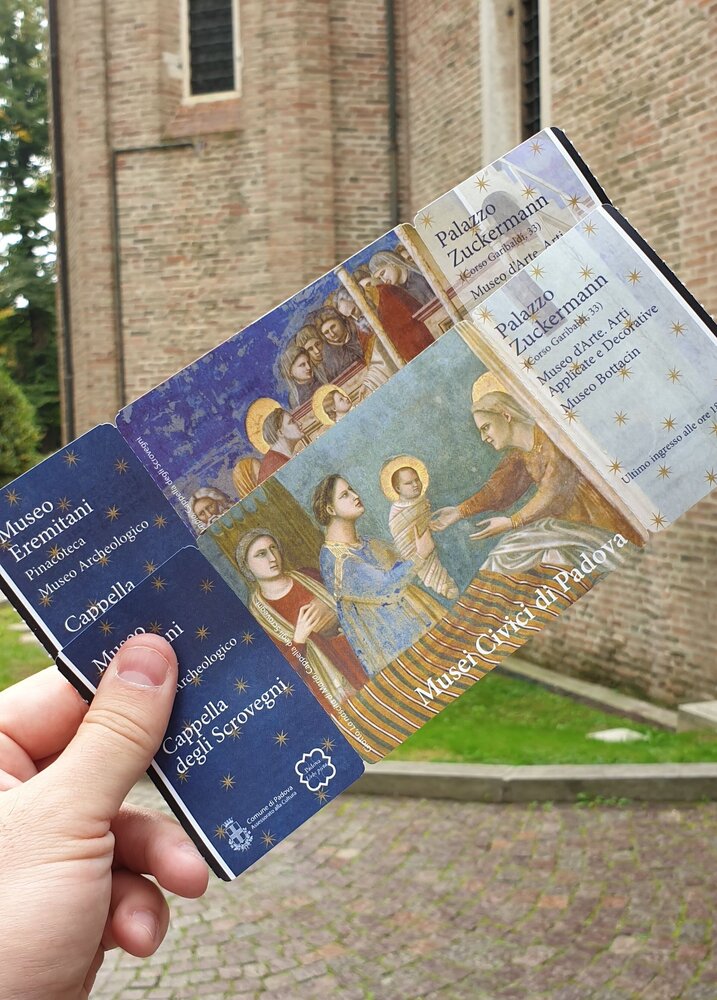
Musei Civici degli Eremitani (Musei Civici degli Eremitani)
The ticket price for the Scrovegni Chapel includes a visit to the city's Eremitani Museum. The museum is huge and you can spare a few hours for it. The Archaeological section contains exhibits of almost all epochs, starting from prehistoric times, there are ancient Roman and Egyptian sections. The Medieval and Modern Art section exhibits works by masters of Italian painting from the 14th to the 19th century.
- Website
- Working hours: Tues-Fri from 9:00 to 19:00
- Tickets: full price - 10 € (together with the Skrovegni Chapel and the Zuckermann Palace - 13 €), reduced price - 8 €. Children under 5 years of age are admitted free of charge.
Palazzo Zuckermann (Zuckermann Palace)
Inside the Zuckermann Palace is the Museum of Applied Arts. It features more than two thousand exhibits, including a collection of ceramics, antique furniture and national costumes from the 18th and 19th centuries. The palace is located opposite the city museum and the Skrovegni Chapel. The museum is not very popular, there are almost no visitors.
- Website
- Working hours: Tues-Fri from 9:00 to 19:00
- Admission: 10 € (together with the Cappella Scrovegni and the Zuckermann Palace - 13 €).

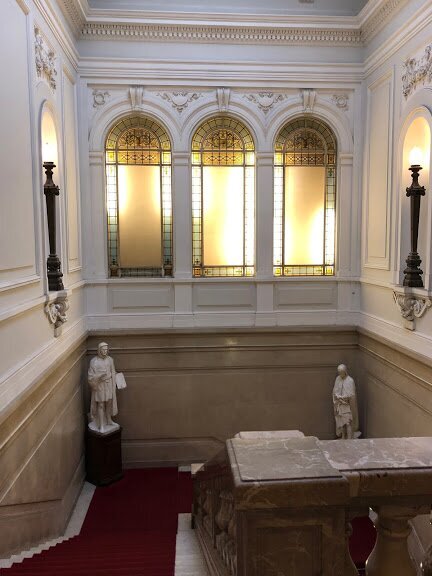
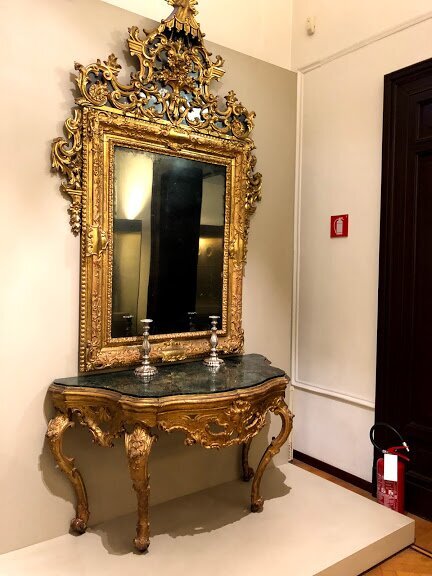
Caffè Pedrocchi and Museo del Risorgimento (Caffè Pedrocchi and Museo del Risorgimento)
Café Pedrocchi is one of the symbols of the University of Padua. It was opened in 1839 by Antonio Pedrocchi and, thanks to its proximity to the university, became a favorite place for professors and students. It was the first café to be open all day and night, for which it was popularly known as the "café without doors". On the first floor of the building is the Museum of Risorgimento and Modernity, where you can learn about the history of the city from the beginning of the Renaissance to the Second World War.
- Website
- Opening hours: Tues-Fri from 9:30 to 12:30 and from 15:30 to 18:00
- Tickets: full price - 4 €, reduced price - 2.5 €. Children under 5 years old, disabled people and journalists are admitted free of charge. Free admission with PadovaCard.
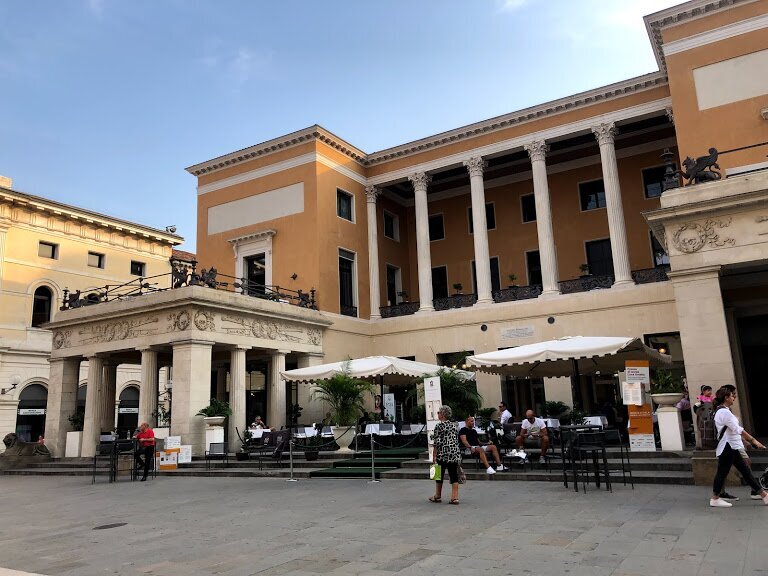
Cathedral of Padua (Duomo di Padova)
Cathedral Square is one of the centers of attraction in Padua, but it's not because the Cathedral is an eye-catcher. Historically, paths and streets from all sides of the city flock here, there are several cafes located in the Cathedral Square, and it would take a lot of effort not to go to the Cathedral Square once.
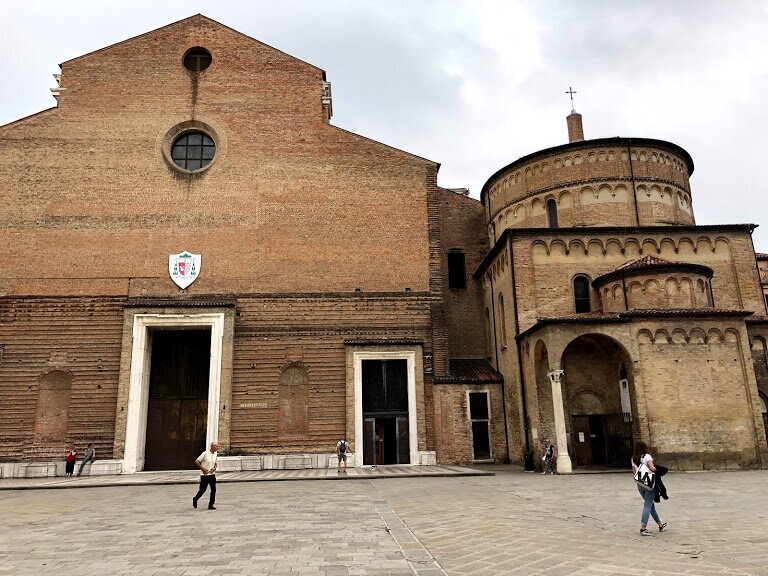
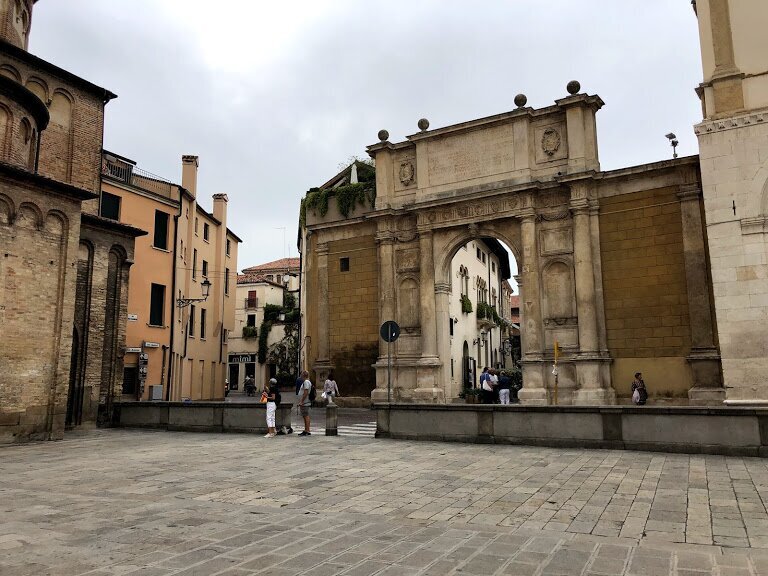
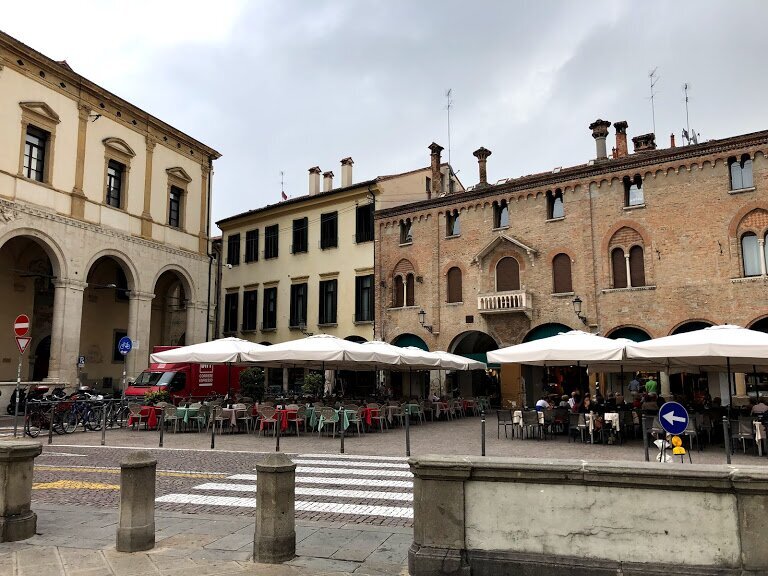
During its existence, the Cathedral of Padua was twice razed to the ground. The third project to rebuild the cathedral was supervised by Michelangelo himself, but the work lasted more than 200 years and the main facade of the building remained unfinished. From the outside, the cathedral is an unassuming brick wall, but on the inside it holds many historical artifacts.
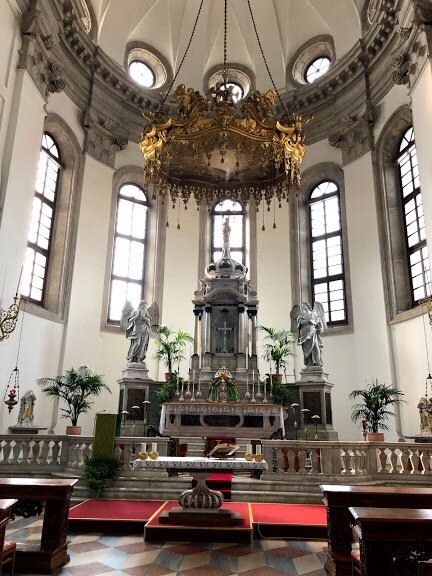
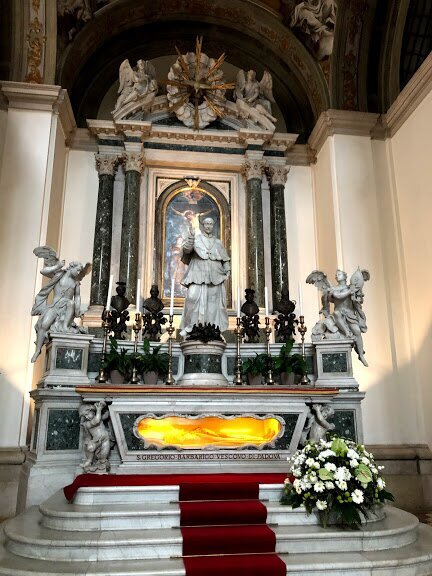
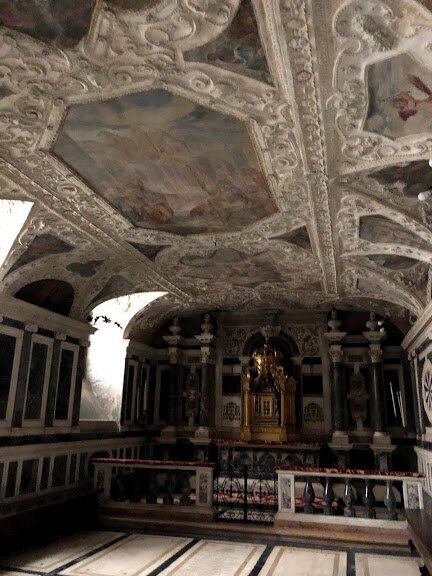
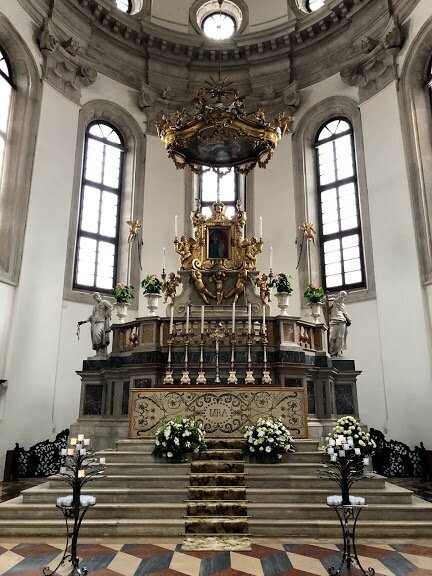
To the right of the Cathedral is the Baptistery, a small building between the Bishop's Palace and the Lombard building (Monte di Pietà). Inside are magnificent 14th century frescoes by Giusto de Menabuoi with scenes from the Old and New Testament. These frescoes are considered one of the masterpieces of the Italian Trecento.
- Website
- Opening hours are 7:30 to 12:00 and 15:30 to 19:30. Baptistery - from 10:00 to 18:00.
- The cathedral itself is free of charge. Ticket to the baptistery - 3€ (free with PadovaCard).
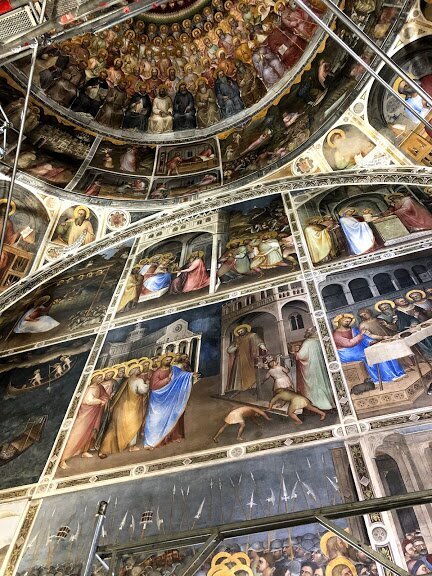
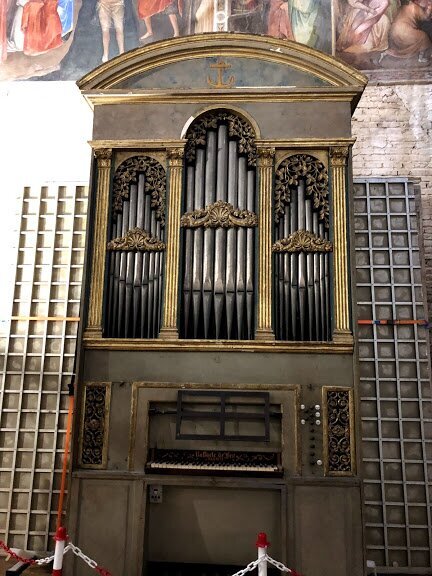
Piazza delle Erbe (Herb Square)
Piazza delle Erbe is the site of the city's huge market. From it stretch other "food" streets - "butchers" and "vegetable growers" - and on the stairs of the Ragione Palace itself, onions, lettuce and other herbs were once sold. Nowadays, the perimeter of the square is lined with restaurants and stores, and in the center is the fountain of the Verona Madonna, installed in 1464.
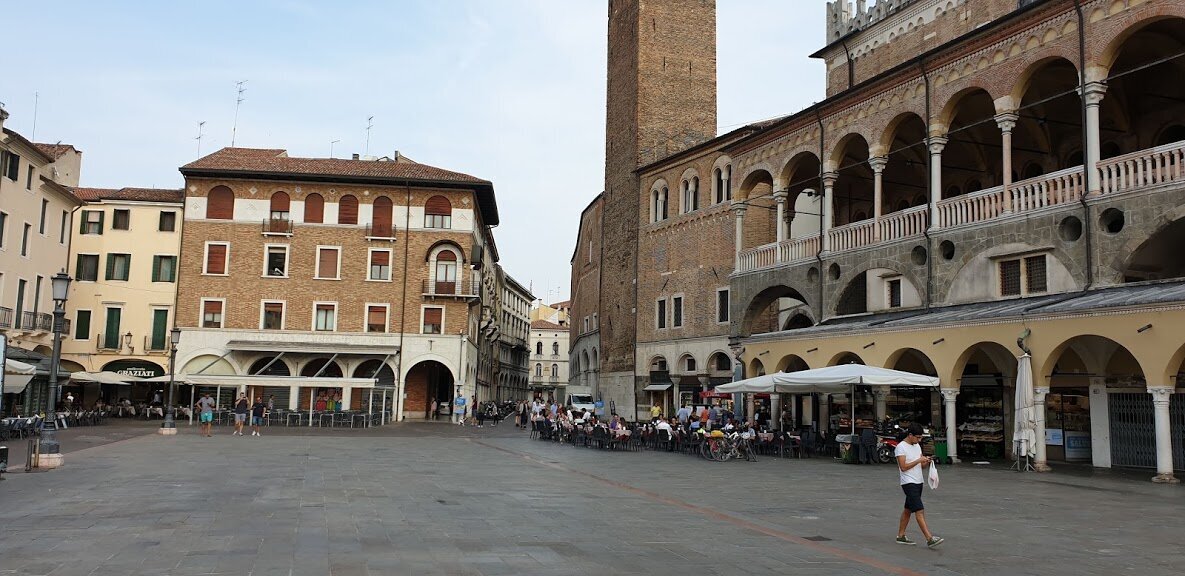
Palazzo della Ragione (Palace of Justice) and Sottosalone (Lower Saloon)
The Ragione Palace was built in 1218 and served as the seat of the city's supreme court for centuries. Its first floor is a huge hall measuring 82*27 meters. The walls and ceiling are decorated with copies of Giotto's frescoes, which burned down in 1420 and were restored by the Paduan masters Nicolò Miretto and Stefano da Ferrara.
The first floor in Sottosalone ("lower salon") has been home to stores and stores for 5 centuries: during the day it is a market where hostesses buy cheeses and fresh fish, and in the evening it is a small gastromarket where you can buy a glass of wine and a typical panino in some pavilions.
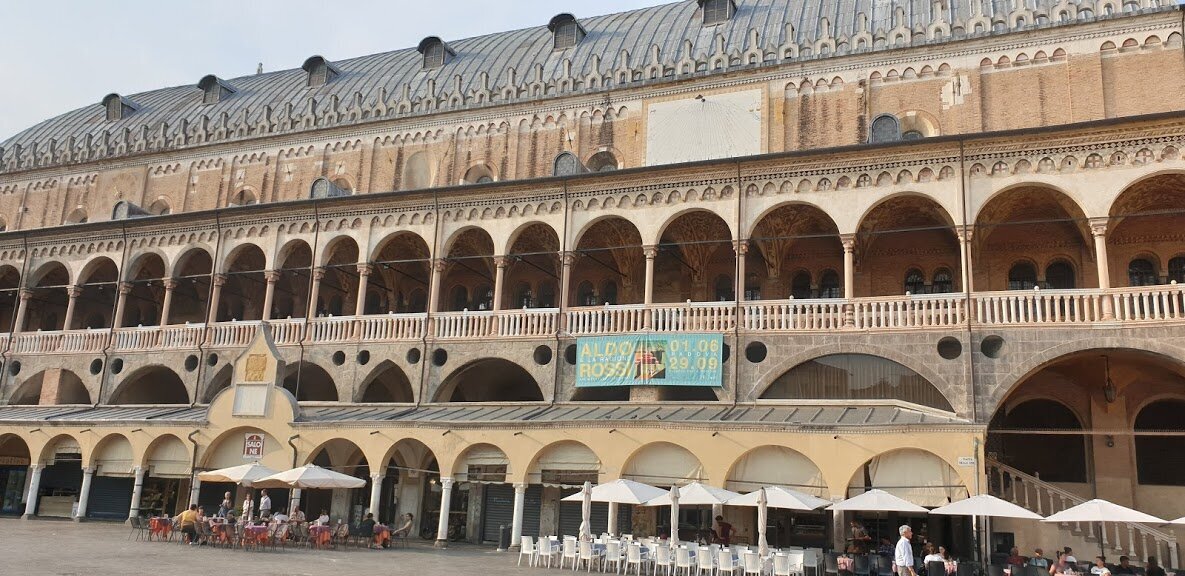
Try to find the missing column in the lower gallery - for this architectural oddity, residents call Padua "the capital without a column". Local legend has it that the missing column was stolen by someone from rival Vicenza. This rumor is said to have been started to provoke the Paduans into a war against their rivals. In fact, it is more likely that the column was removed to open the way for traders to and from the market.
- Palace of Justice website
- Opening hours: Tues-Fri from 9:00 to 19:00 (November 1 and January 31 from 9:00 to 18:00)
- Tickets: full price - 10 €, free admission for children under 5 years old. If there is no temporary exhibition in the Palazzo, the PadovaCard gives free admission.

Piazza dei Signori (Piazza dei Signori)
This historic square was the center of city power in the fifteenth and sixteenth centuries. Two buildings face the square: the Palazzo del Capitano, which was built during the Venetian domination, and the Loggia della Gran Guardia, which was the residence of the commander-in-chief of the Austrian army.
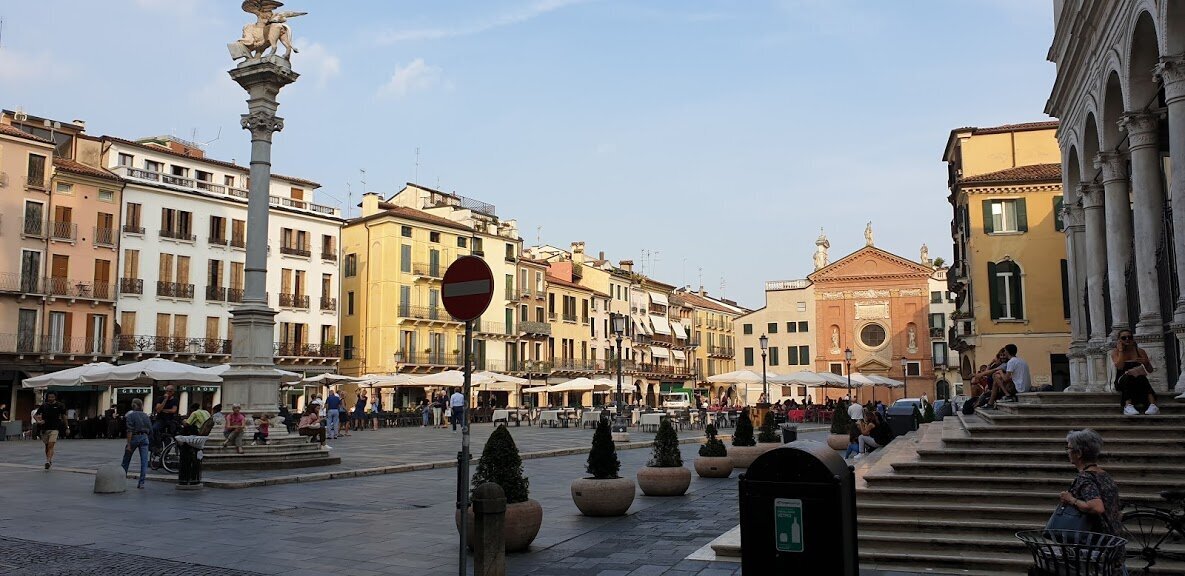
At the head of the square is a 30-meter high clock tower whose face follows the geocentric system of the universe (fixed Earth at the center of the universe). This astronomical clock was built in 1344 and is one of the oldest working clocks in the world. They were so famous that even their creator, Jacopo de'Dondi, went down in history as "Dondi dell'Orologio".
The watch has a 24-hour dial, so the hour hand makes a full revolution only once a day. The dial shows the day of the month, the current phase of the moon, the movement of the planets and the position of the sun in the zodiac.
The clock is missing one zodiac sign: Libra. The reason is the use of the pre-Roman zodiacal system, which combined the constellations Scorpio and Libra. The two halves of Libra were seen as the claws of Scorpio, later to become the "scales", but even today the names of the two brightest stars in Libra are the Arabic names "northern claw" and "southern claw". Legend has it that the sign of Libra is actually hidden somewhere in the Piazza Signoria - try to find it.
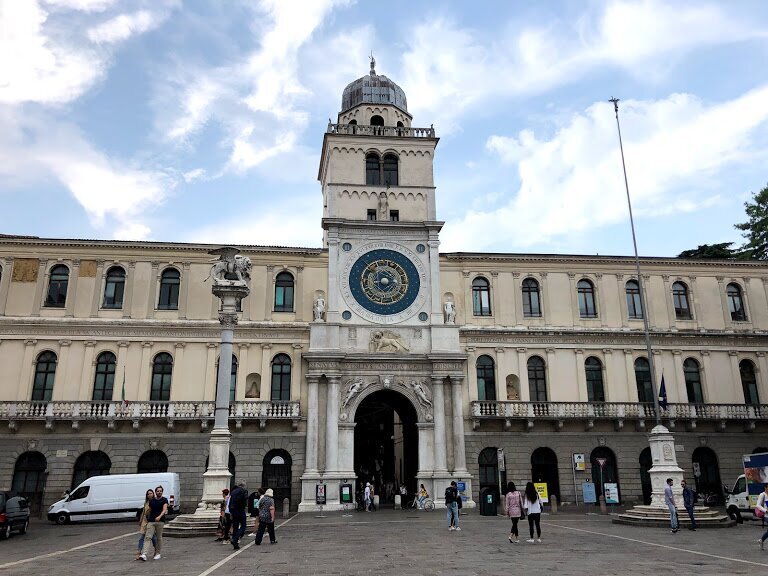
University of Padua and Palazzo Bò (Università degli Studi di Padova, Palazzo Bò)
The University of Padua is one of the oldest educational institutions in Italy and the seventh oldest in the world. The main building of the University is located in the Palazzo Bo. In 1594, the first anatomical theater in Europe was opened there, and the building is decorated with more than 3,000 coats of arms left behind by students and professors.
The motto of the University of Padua is: "Universa universis patavina libertas" (Freedom of Padua, universal and for all). Professors and students from Bologna who disagreed with the Provatican ordination flocked here, so the University of Padua became known as a freedom-loving and independent university. Nicolaus Copernicus and Galileo Galilei taught here. The University is similar to the University of Bologna: the main building inside, the coats of arms on the ceiling - all this is indistinguishable from the University of Bologna.
In the anatomical theater room, which can only be seen with a guided tour, you can still see the 16th-century inscription, "Hic locus ubi mors east gaudet succurrere vitae" ("This is the place where the dead are happy to help the living").
- Excursions to Bo Palace
- Office hours are Mon-Fri 9:30-11:30 a.m. and 3:30-5:30 p.m.; Sat 9:30-11:30 a.m.
- Tickets: adult - 7 €, youth from 13 to 25 years old - 3 €, family ticket (2 adults and 1-3 children up to 17 years old) - 15 €.
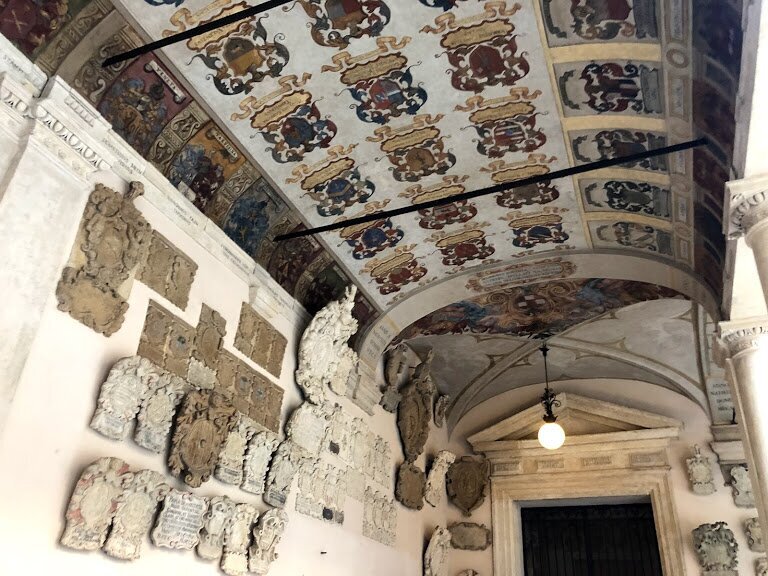

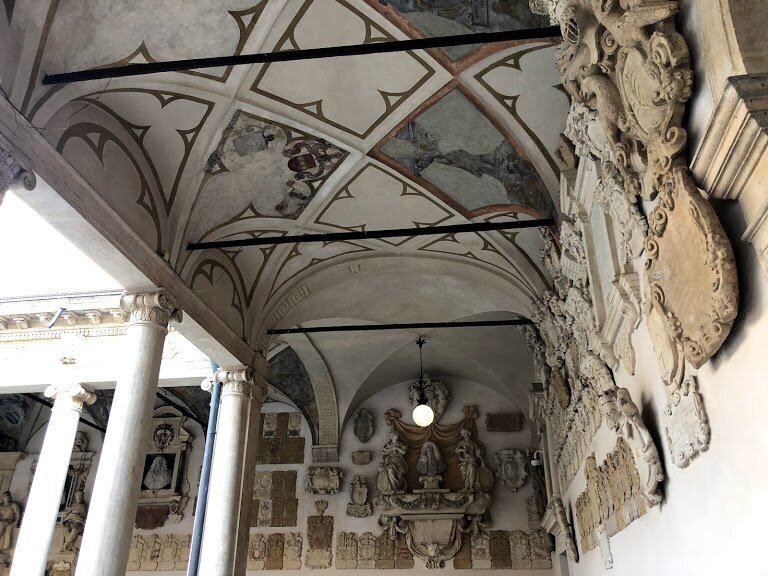
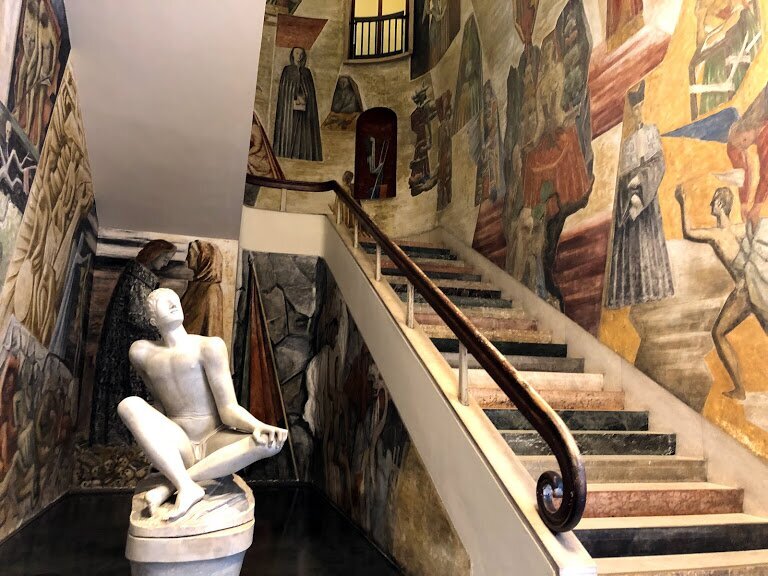
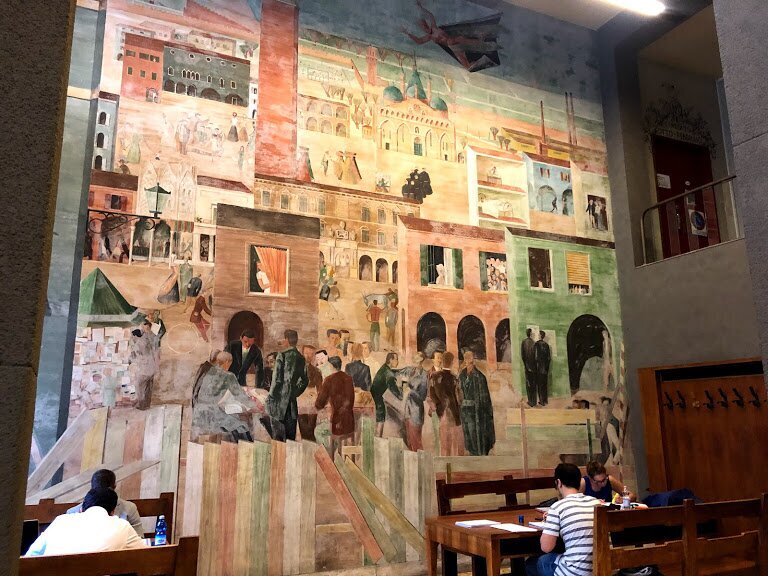
Botanical Garden (Orto Botanico)
"The prototype of all botanical gardens" and the oldest botanical garden in the world that has never changed its location, the Padua Botanical Garden is a UNESCO World Heritage Site. The oldest tree has been growing here since the opening of the garden in 1545. During the Second World War, it was here that resistance fighters held their secret meetings.
- Website
- Opening hours: April-May - daily from 9:00 to 19:00, the rest of the time Mon-Fri is off.
- Admission 10 €.
Prato della Valle (Prato della Valle)
Students flock here after couples, tourists and locals to just sit on the lawn, snack on pizza and feed bread to the ducks in the canal.
Prato della Valle is the largest square in Italy and one of the largest squares in Europe. In Roman times there was an amphitheater equal in size to the Verona Arena. Now the size of the square is almost 90,000 square meters. In the center there is Memmia Island (named after the Venetian patrician who ordered the construction of the square), and around it there is a canal with 78 sculptures of famous padovese. The Basilica of St. Giustina and several palaces adjoin the square.
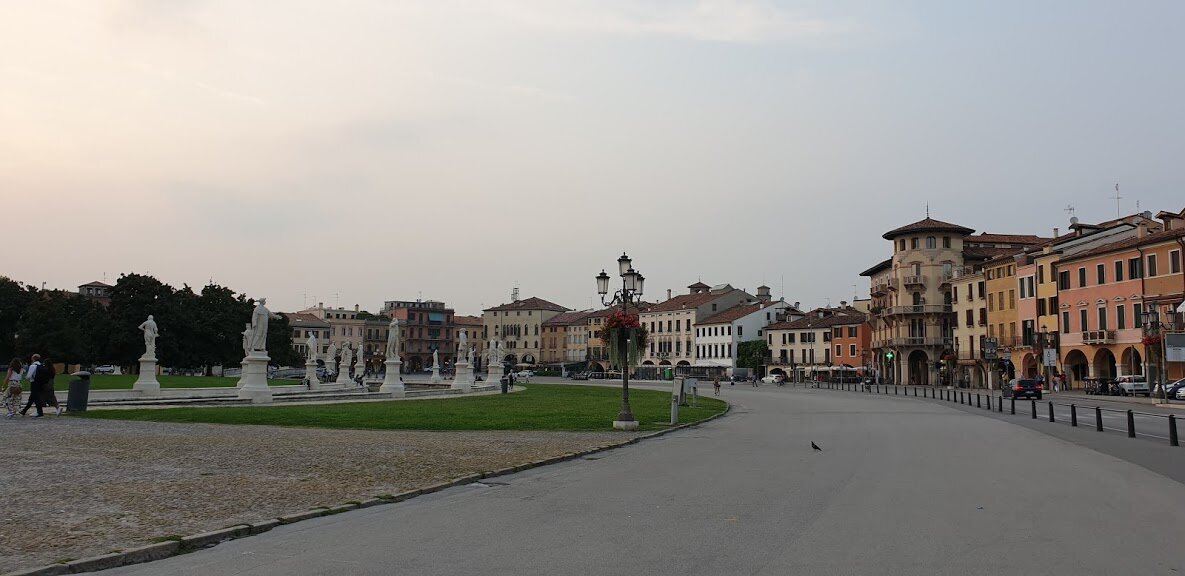
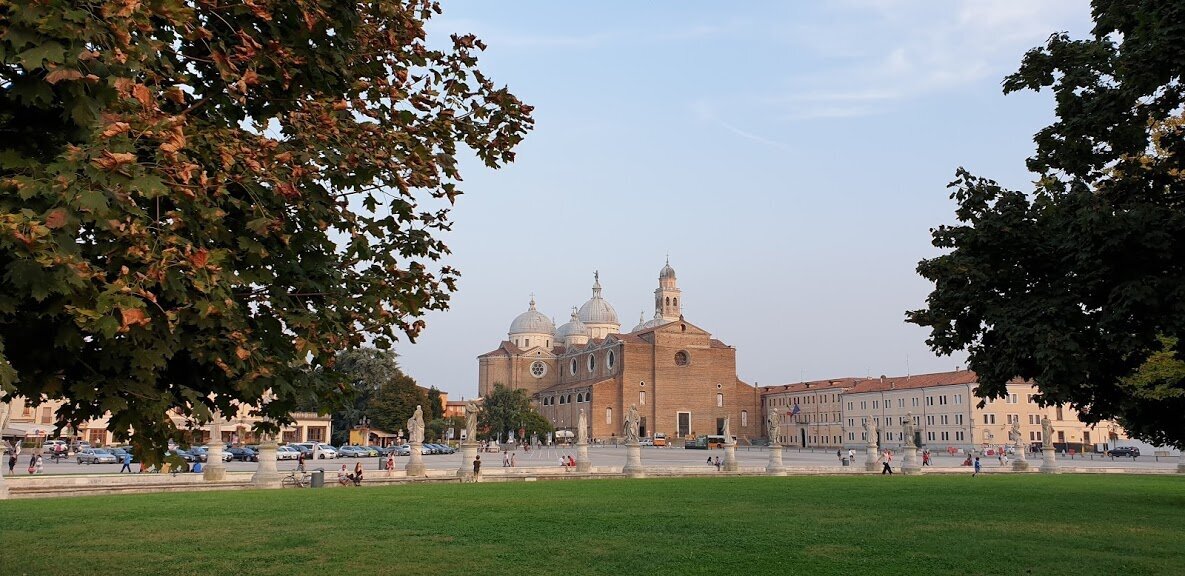
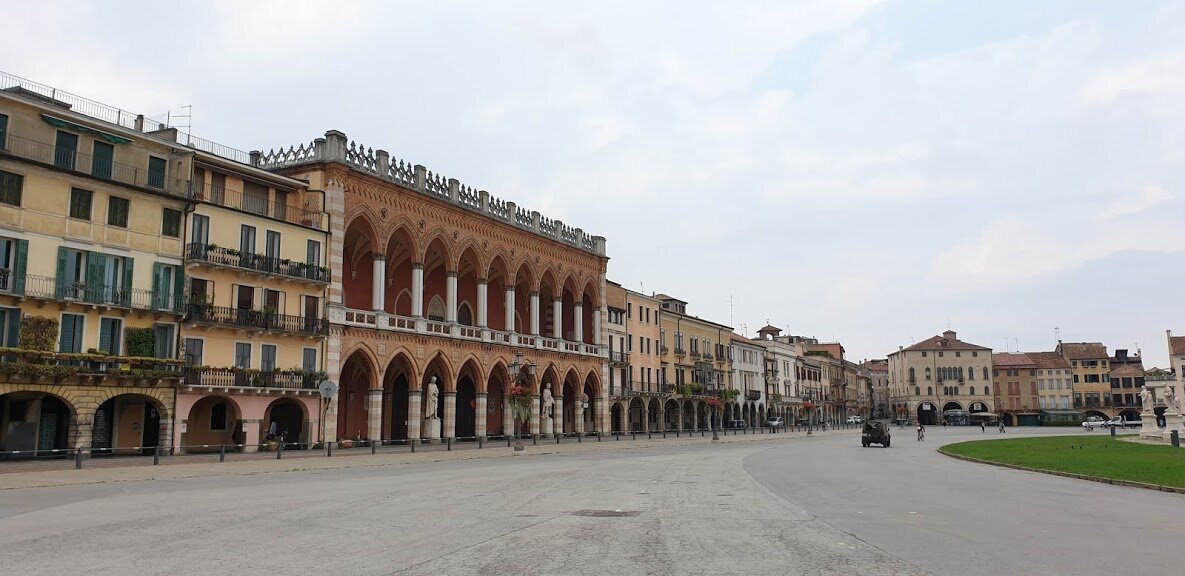
Church of St. Giustina (Basilica di Santa Giustina)
Santa Giustina is a large basilica temple complex that emerged in the 16th and 17th centuries around an ancient core, the early Christian chapel of St. Prosdocimus from the 5th century.
The huge basilica was built in honor of the patron saint of Padua, the Holy Martyr Giustina. It houses the relics of the Evangelist Luke and the saints Giustina and Prosdocimus. The altar contains a large painting by Paolo Veronese, The Martyrdom of St. Giustina (1575), and the side chapels contain paintings by Palma the Younger and Luca Giordano. The church has a shop where you can buy cosmetics and herbal ointments.
- Website
- Opening hours: 8:00 - 12:00, 15:00 - 20:00
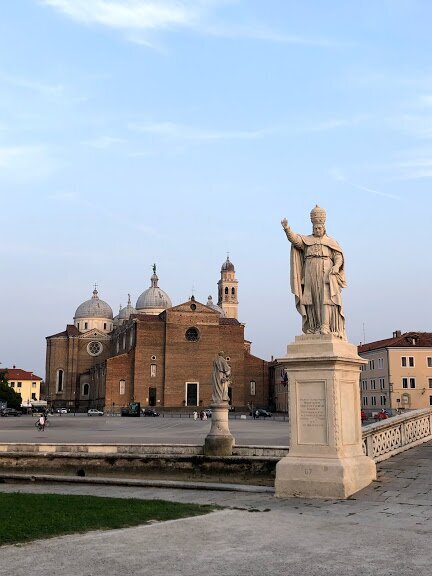
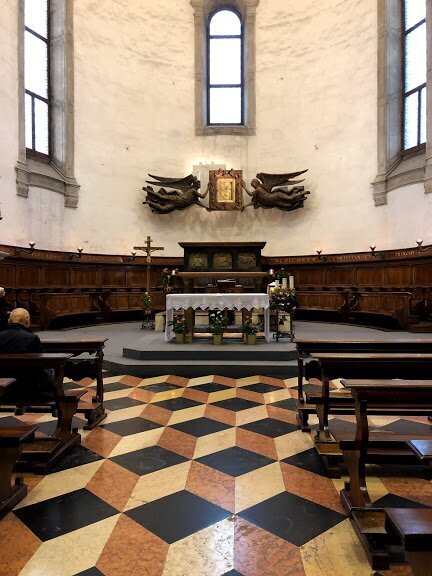

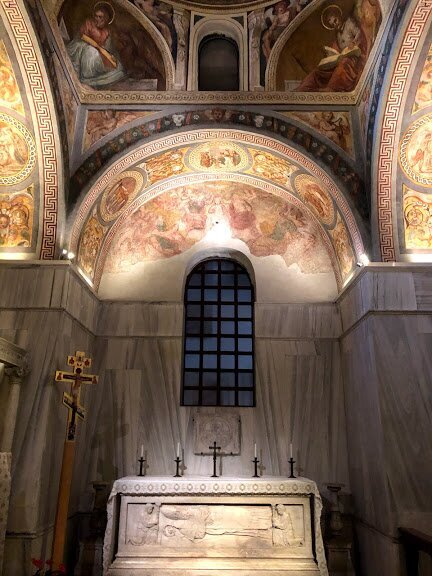
Basilica di sant'Antonio di Padova (Basilica of St. Anthony of Padua)
Not far from Prato della Valle is the Basilica of St. Anthony. The Franciscan friar Anthony, a favorite of the Paduan people, died in 1231. He was quickly canonized, and the following year construction began on a temple to house his relics. It is believed that Anthony was so beloved by the townspeople that he is referred to simply as "The Saint" and his church as the "Basilica of the Saint".
Elements of Lombard, Tuscan, Byzantine and even Arabic architectural styles in the architecture of the basilica are a tribute to the historical events associated with Anthony. Two small bell towers, clearly resembling minarets, recall the Saint's long pilgrimage to Morocco.
The basilica houses sculptures by Donatello (in the main altar) and Giotto's famous 14th-century fresco. However, most pilgrims come to the relics of St. Anthony, the patron saint of lost things, in the hope that he will help them in their search. The reliquary with the saint's relics is housed in a magnificent chapel. St. Anthony's mandible and tongue are kept here, the only things left untouched from the famous preacher and patron saint of lost things.
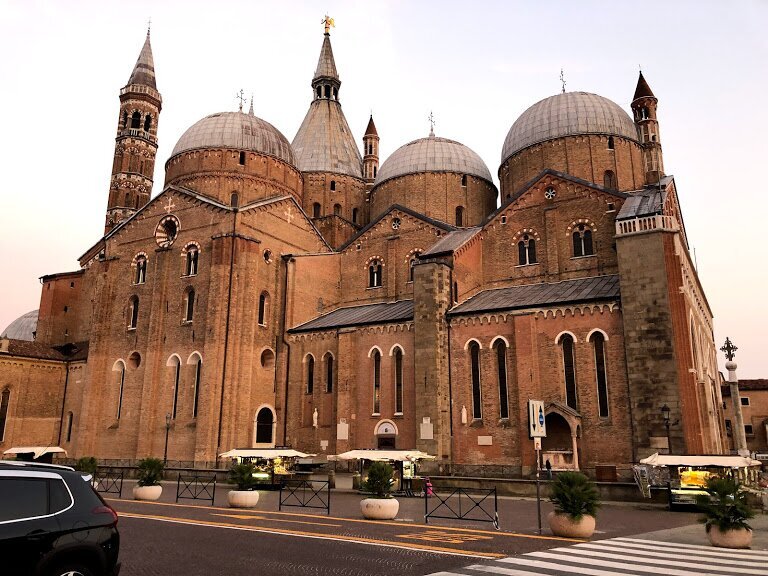
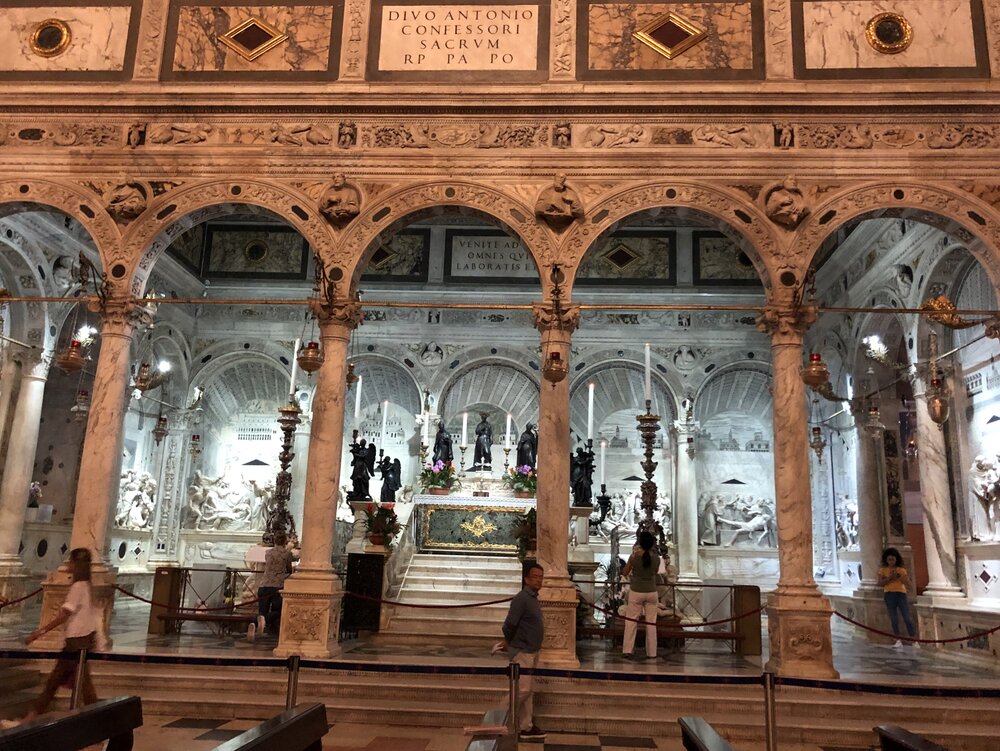
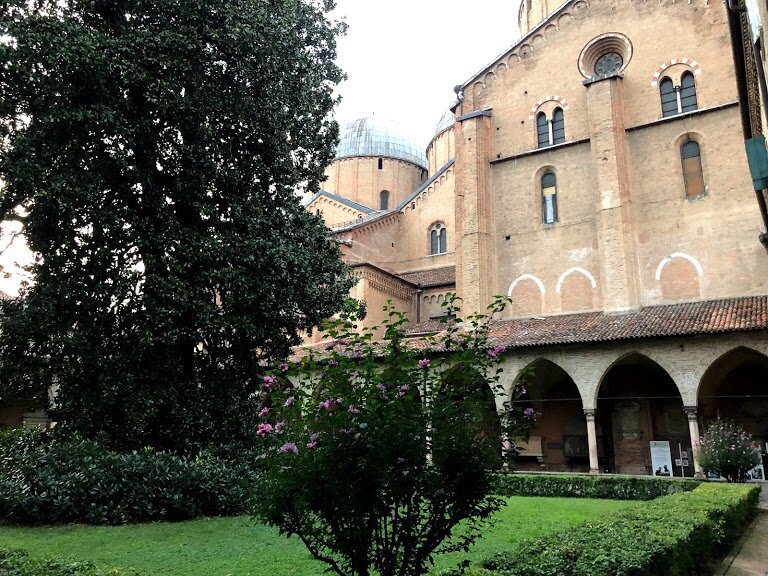
In the square in front of the temple stands the famous equestrian statue of the condottiere Gattamelata by Donatello, and next to the basilica is the small Scoletta del Santo with frescoes by Titian.
- Admission is free
- Open weekdays from 6:20 a.m. to 6:45 p.m., weekends until 7:45 p.m.
- Website: Basilica of St. Anthony of Padua
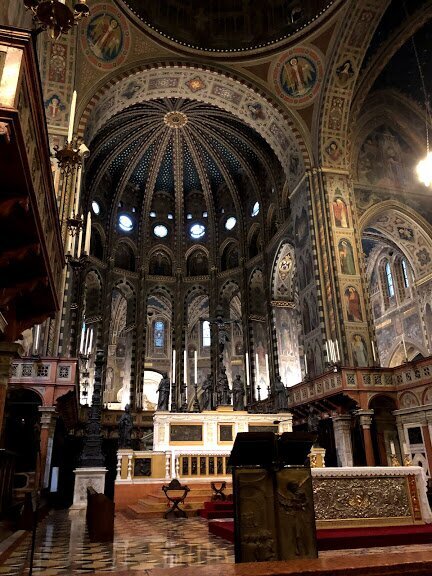
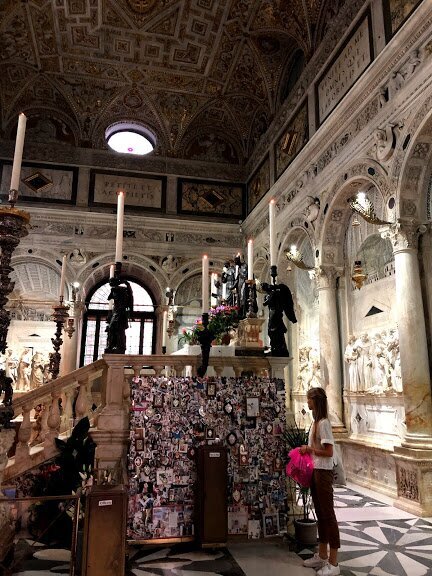
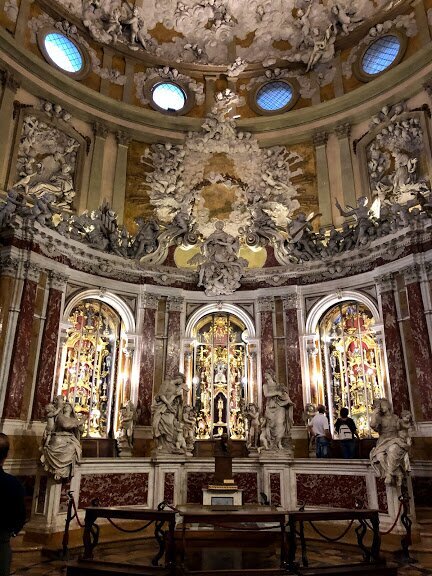
La Specola.
This medieval prison tower was built in the 9th century as part of the medieval fortifications of Padua and was called Torlonga Tower. For centuries it was used as a prison and torture chamber until it became part of the new castle of the ruling Carraresi family in the 14th century.
When the castle was abandoned (just after the overthrow of the Carraresi family, which Padua disliked), Torlonga was used as a granary and armory. The fate of the tower changed when the University of Padua needed an astronomical observatory: Torlonga, the tallest structure in Padua, was the ideal place. In the 18th century, new observation towers were added and the name changed to La Specola.
La Specola quickly became one of the most important observatories in Italy and functioned until 1942, when the Padua Astronomical Observatory moved to Asiago. It was here that Galileo conducted his research. During World War I, it was used as an observation tower. Today the observatory is a museum that houses a library, an archive and a collection of telescopes, globes, clocks and other astronomical instruments that have accumulated here from all over the world over almost two centuries of activity. The observatory can only be visited as part of a tour and only at specific times.
- Hours of operation: October through May, Thursday, 5:30 p.m.; October through April, Saturday, Sunday and holidays at 4 p.m.; May through September, weekends at 6 p.m.
- Entrance 7 €
- All about buying tickets on this page
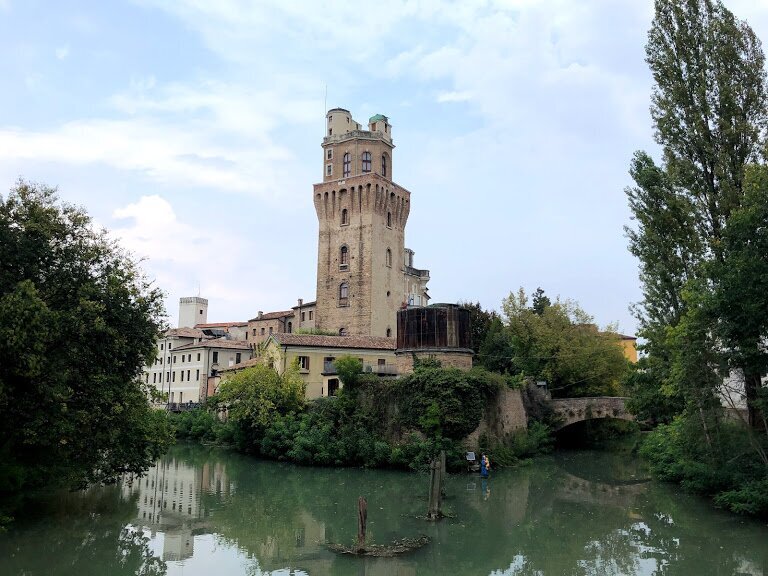
The tomb of Antenor
Remember that Padua is legendarily founded by the ancient Greek hero Antenor? The tomb of its mythical founder stands right in the middle of the town square.
Antenor is the one who caused the fall of Troy: he betrayed the Trojans and helped the Achaeans. After the fall of Troy, Antenor left the city and, according to Virgil's version, settled in Northern Italy, founding the city of Patavius.
In the 13th century, townspeople found a chest containing the remains of a warrior in ancient armor, with a sword and two jars of gold coins. The local judge and scholar Lovati proclaimed that the remains belonged to Antenor, and a tomb was erected for them in the center of Padua.
Fresh research has shown that the remains in the tomb cannot belong to Antenor: most likely, it is a Hungarian warrior of the IX century. However, the tomb was not removed from the streets: it had already become a landmark in its own right, and who lay in it was no longer important. Lovati, who built the tomb, immortalized his name by bequeathing to be buried next to Antenor: today both tombs are next to each other.
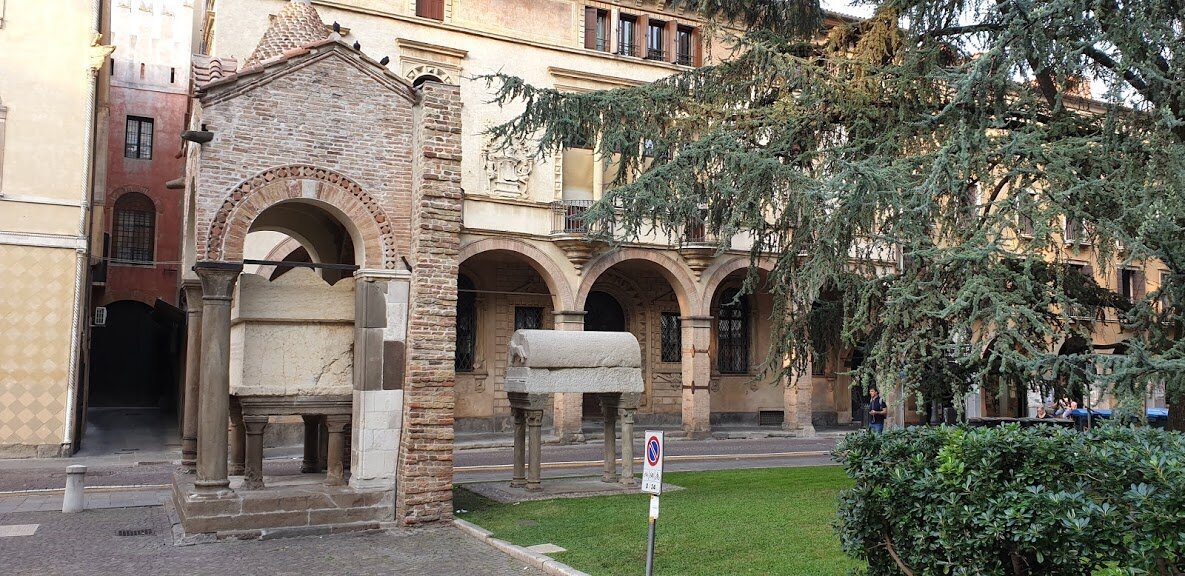
Useful information
- Padova tourist map: PadovaCard
- Padua tourist site

